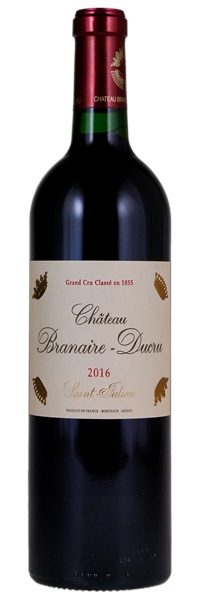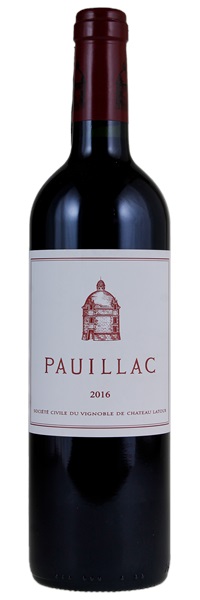See item details for bottle notes
ITEM 9803053 - Removed from a temperature and humidity controlled wine storage unit; Purchased direct from a distributor


The core of this red is loaded with pure plum, blueberry and black currant fruit flavors. The polished structure is integrated, with alluring ganache, anise and sweet tobacco notes throughout...
Unwinding in the glass with deep aromas of dark berries, cassis, loamy soil, pencil shavings and cigar smoke, it's medium to full-bodied, layered and concentrated, with a taut, structured profile and a long, penetrating finish. The only missing ingredient here is time.

...it leaps from the glass with notes of red and black cherries, warm plums and freshly crushed blackcurrants plus hints of violets, oolong tea, aniseed and tilled soil with a waft of garrigue. Medium-bodied, the palate struts tons of elegantly fragrant red and black fruit flavors with a firm backbone of ripe, grainy tannins and loads of freshness, finishing long and perfumed.
So much sweet-tobacco and currant character with some earth on the nose. Full body, firm and chewy tannins and a long and flavorful finish. Closed and complex still, but a typically beautiful Bordeaux.
This is a dense, smoky wine with powerful tannins. It follows the line of richness set since the 2014 vintage and balances rich black fruits and concentrated tannins cut with final acidity.
This has a wide range of red currant, blackberry, black cherry and açaí berry fruit flavors forming the core, with a very sleek iron note lurking underneath it all. The finish uses a fine singed wood stitching to pull the fruit and minerality together. Lovely.
...a surfeit of red berry fruit laced with rose petal and light crushed stone aromas on the generous, open nose. The palate is medium-bodied with lithe tannins and underpinned by a fine bead of acidity...so supple and lithe that you cannot help falling for its charms.
Pure cassis fruit on the nose. Great polish and finesse with pure fruit masking the tannin. Very neat and well judged.

Lots of mineral, crushed stone, iodine and graphite with blackcurrants and blackberries that follow through to a medium body with ultra fine tannins that are ever so polished and give length and energy...
Fresh and juicy, with flavors of red and black currant preserves streaming through, lined with light graphite and iron notes. The nicely focused finish has mouthwatering bay leaf accents and savory hints as the fruit plays out.
...a compelling, sumptuous wine... Black cherry, graphite, licorice, spice and leather all meld together in the glass. Floral overtones develop nicely with time.
...gorgeous Pauillac nose of blackcurrants, lead pencil shavings, graphite, tobacco, and damp earth. Rich, medium to full-bodied, and beautifully textured...
Very forward, come-hither and also energetic... Pretty intense, sumptuous nose. Neat, dry palate that's distinctly lighter-bodied...finish is really something. It just goes on and on!
3rd label of Ch. Latour